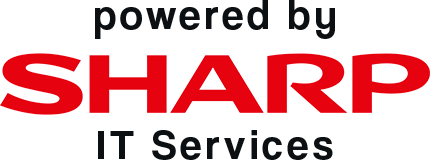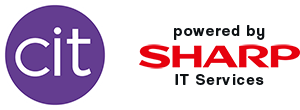Upgrading Hardware

What Should a Business Keep in Mind when Choosing New Equipment?
Businesses need to be aware of changes in technology and not over-invest in equipment. Before the rapid rate of technological advancement, machines could be useful and in place for years, still able to fulfil their purpose. In today’s world, it is predicted (coinciding with Moore’s Law), that the technology used by computers made today will be out of date, and therefore obsolete in just two short years.
It may be wiser for businesses to think about how old devices really are. It could be the case that the hardware does not need replacing, but the software within, which should be constantly up-to-date. The only time hardware should be replaced is when it cannot run software quickly and smoothly. That in mind, it may be worth replacing individual parts such as the motherboard, processor, or RAM, which can be much more cost efficient than replacing the whole machine.
What Happens with Older Equipment?
With the accelerating speed of technological advancement, the resultant high turnover of devices has led to one billion machines being discarded every year. To combat the irresponsible disposal of these devices there are laws in place to determine how to correctly discard waste electrical equipment.
Laws and Regulations on Recycling (WEEE)
The new Waste Electrical and Electronic Equipment Directive (WEEE) became law on 13 August 2012, effective on 14 February 2014, and replaced the WEEE directive on 2003.The new Waste Electrical and Electronic Equipment Directive (WEEE) became law on 13 August 2012, effective on 14 February 2014, and replaced the WEEE directive on 2003.
Every year an estimated 2 million tonnes of WEEE is discarded by households and companies in the UK. There are ten broad categories of WEEE currently outlined within the directive, namely:
- Large household appliances e.g. fridges, cookers, microwaves, washing machines and dishwashers.
- Small household appliances e.g. vacuum cleaners, irons, toasters and clocks.
- IT and telecommunications equipment – e.g. personal computers, copying equipment, telephones and pocket calculators.
- Consumer equipment e.g. radios, televisions, hi-fi equipment, camcorders ad musical instruments.
- Lighting equipment e.g. straight and compact fluorescent tubes and high intensity discharge lamps.
- Electrical and electronic tools – e.g. drills, saws and sewing machines, electric lawnmowers.
- Toys, leisure and sports equipment e.g. electric trains, games consoles and running machines.
- Medical devices e.g. (non-infected) dialysis machines, analysers, medical freezers and cardiology equipment.
- Monitoring and control equipment e.g. smoke detectors, thermostats and heating regulators.10. Automatic dispensers e.g. hot drinks dispensers and money dispensers.
The scope of the directive will be extended to include new categories of electrical and electronic equipment from January 2019.
Disposal
When disposing of a machine, there are a few things to consider:
- Some technology companies will buy back their devices in order to refurbish and resell them.
- When selling computers for scrap, both businesses and consumers should completely erase the hard drives of the devices they are scrapping to avoid people accessing the data within. If that data belongs to customers or clients, then the Information Commissioner’s Office could fine the company originally holding the data up to £500,000.
- If old machines are being disposed of as waste, then waste transfer notes should be obtained as evidence for the transfer of waste from one entity to another.
Is there Funding Available for Replacing Equipment?
Several funding initiatives have been created to assist businesses that need new IT equipment, either from large businesses, governing bodies and councils. One example is the Digital Enterprise Scheme, which is currently available for qualifying businesses across West Yorkshire as of February 2017.Several funding initiatives have been created to assist businesses that need new IT equipment, either from large businesses, governing bodies and councils. One example is the Digital Enterprise Scheme, which is currently available for qualifying businesses across West Yorkshire as of February 2017.
The scheme was launched to:
- Help local businesses improve performance by investing in the appropriate digital technologies that help them scale up.
- To help firms improve their awareness of digital solutions available to help them grow, so that they become smarter consumers of digital technologies.
- Helping local businesses acquire knowledge about digital technologies that are appropriate to their needs, including faster digital connectivity, enhanced digital marketing, CRM for small firms and the benefits of networking and cloud based solutions for business resilience, security and flexibility.
Digital Enterprise is a partnership programme which is partly funded by the European Union (European Regional Development Fund), the West Yorkshire Combined Authority/Leeds city region Local Enterprise Partnership (LEP) and the 9 local authorities which form part of the Leeds city region.



